Most turntables these days are either belt drive or direct drive. Occasionally, belt drive turntables require turntable belt replacement. This timeframe can vary from a few years to twenty years or more depending on the belt’s quality, turntable usage, and environmental conditions. Although there are a handful of common belts that many turntables use, there are hundreds of different belts out there, and it is very important that you purchase the correct belt for your specific turntable. Incorrect belts will not usually perform properly and can even cause long-term damage to your turntable.
A turntable will generally let you know when it needs a new belt, because it will a. not play, b. play too slowly, or c. not perform certain functions such as speed changing (33 to 45 to 78). Old belts can get very stretchy and eventually turn into a sticky gooey mess that is very difficult to remove. Alternatively, they can simply crumble into dust.
A drive belt for a turntable, cassette deck, or any other powered device is designed and engineered to perform properly for a particular application, and belts have many different qualities. An incorrect belt may cause a device to play to fast or too slow; it may cause undue stress on the motor which may cause it to fail very prematurely; or it may cause a turntable to not change speeds when it has a physical method of changing speeds. Belts have just a little bit of stretch to them and place a carefully determined amount of pressure or stress on the turntable mechanism. In order for a belt to work properly, its circumference is the single most important dimension, but its height and thickness also play an important role in whether it works properly with your particular turntable. So just because you can make a belt stretch to fit your turntable doesn’t make it the right belt, and doing so may cause problems that will impact your listening pleasure and operation of the turntable.
Sound Exchange stocks the most common turntable belts for most common turntables. But if you have a turntable with an unusual belt size, we feel confident that we can locate the correct belt for your turntable. Common belts are generally $15 to $18, and the less common belts being a bit more (although some are actually less).
 Sign Up For Our Newsletter
Sign Up For Our Newsletter


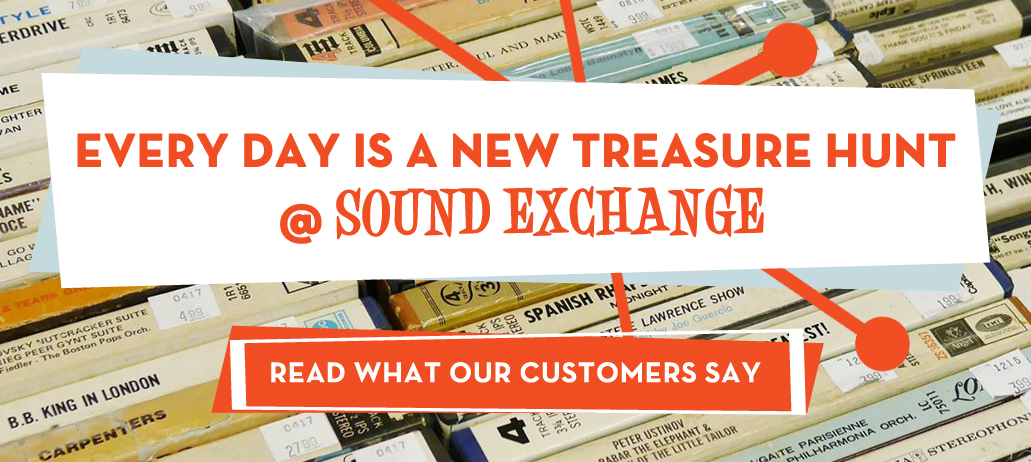



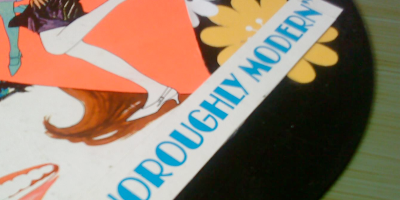



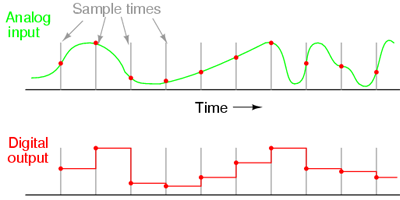
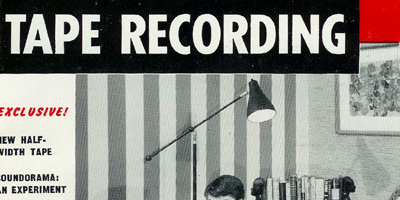

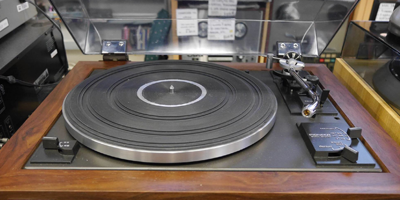

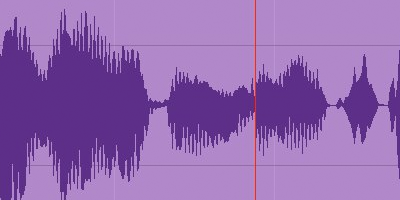
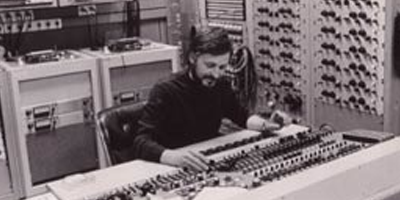
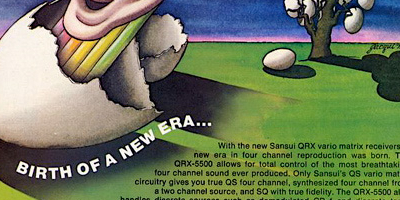
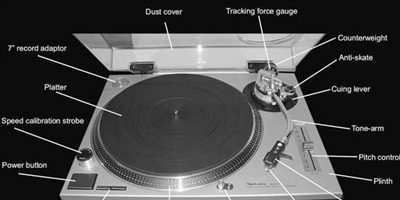
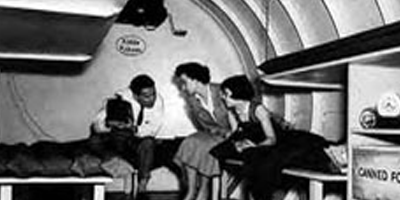
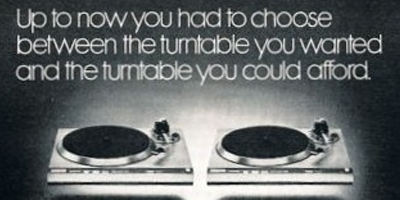
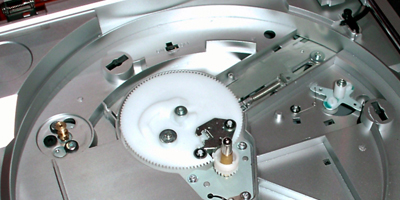
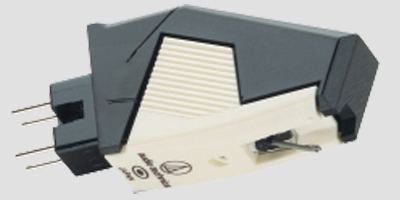
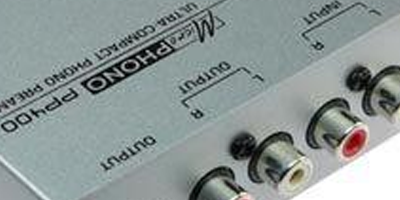
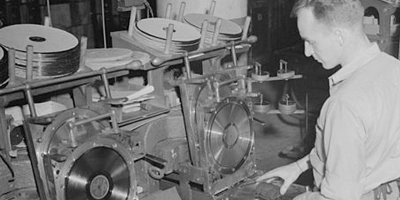
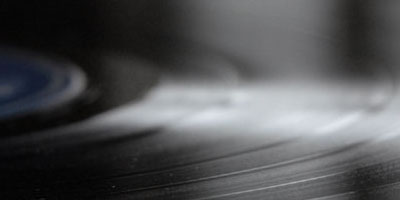
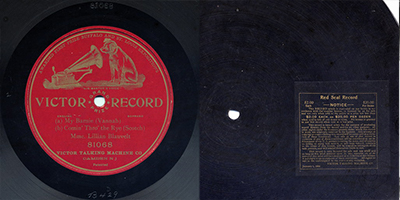
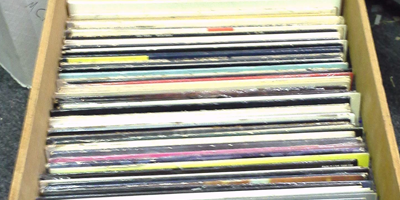
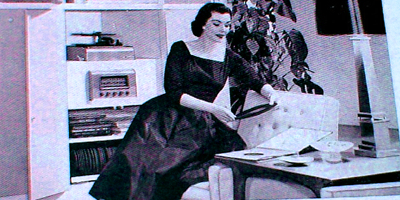

I need belts for a Linear LT32 turntable. I/2 belt measures 8 inches.
Jay, please call me at the Tampa store so we can discuss. 813-978-9316 I am there on weekday afternoons from about 1:30 to 6 pm.
I have a NEC AUP 6300E turntable that needs a new belt. Do you have a replacement belt? Thanks. Al Lawrence, the Woodlands, Texas. 713-775-0528 (cell)
Sorry, we do not ship, only in-store for parts and service.